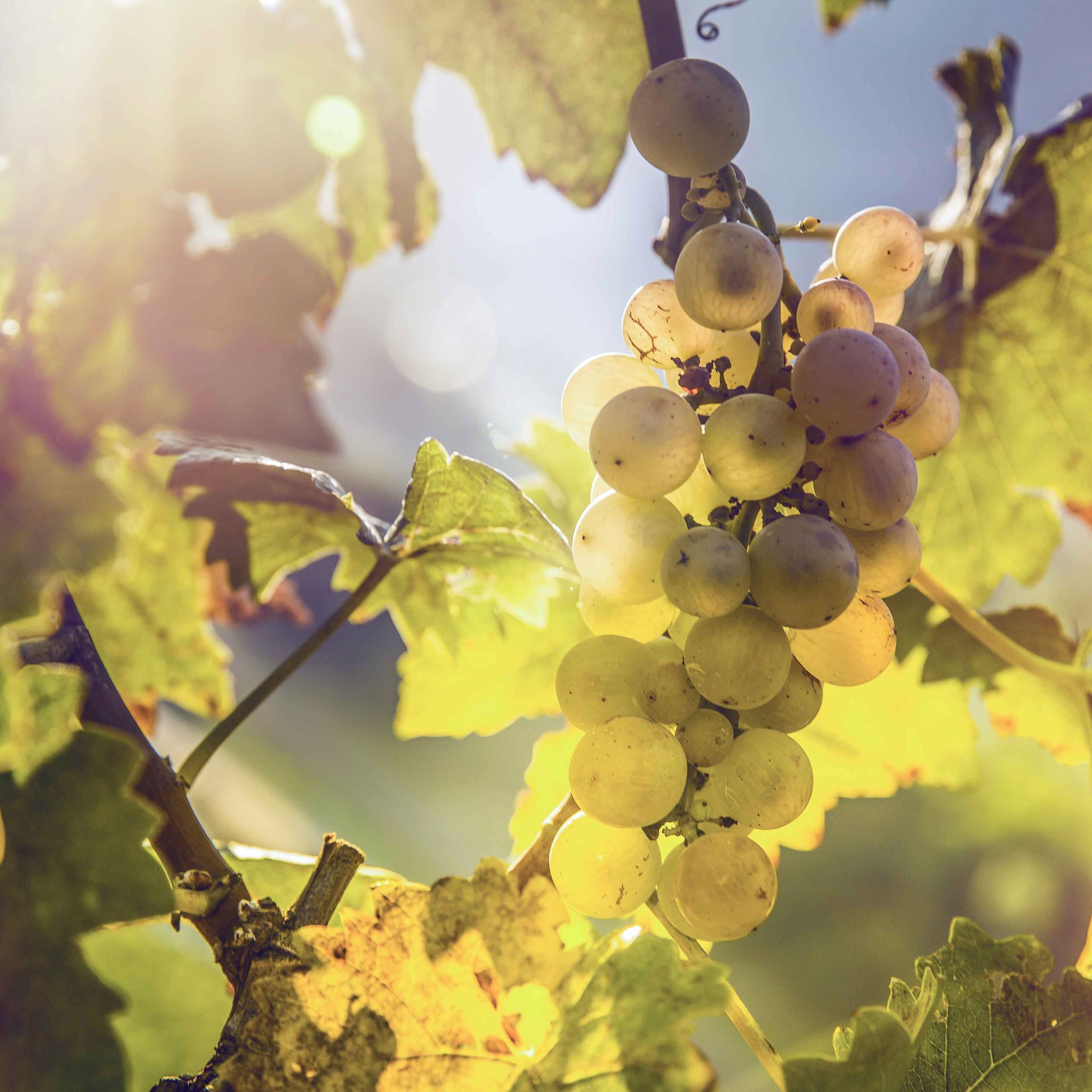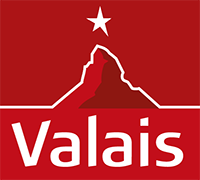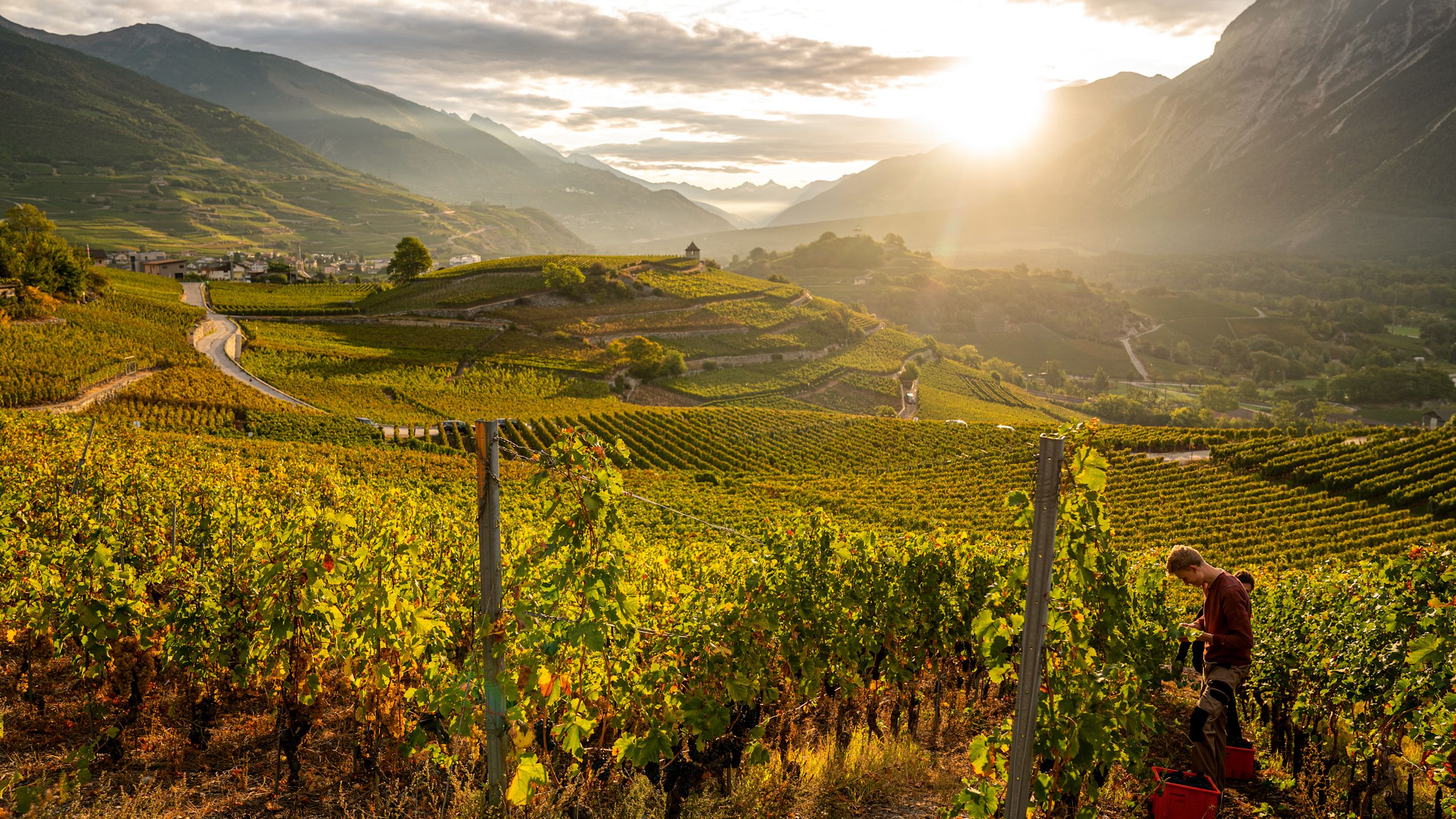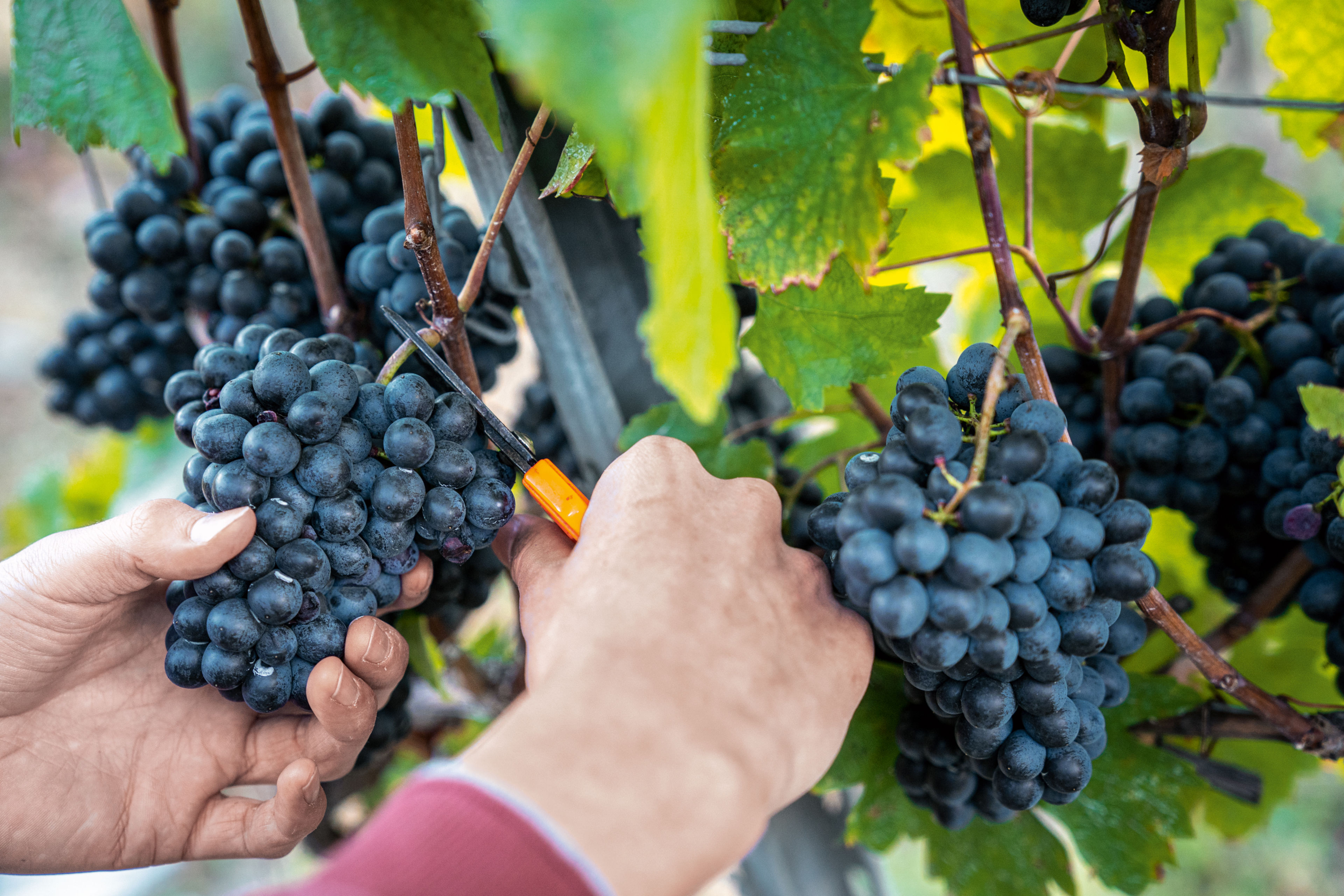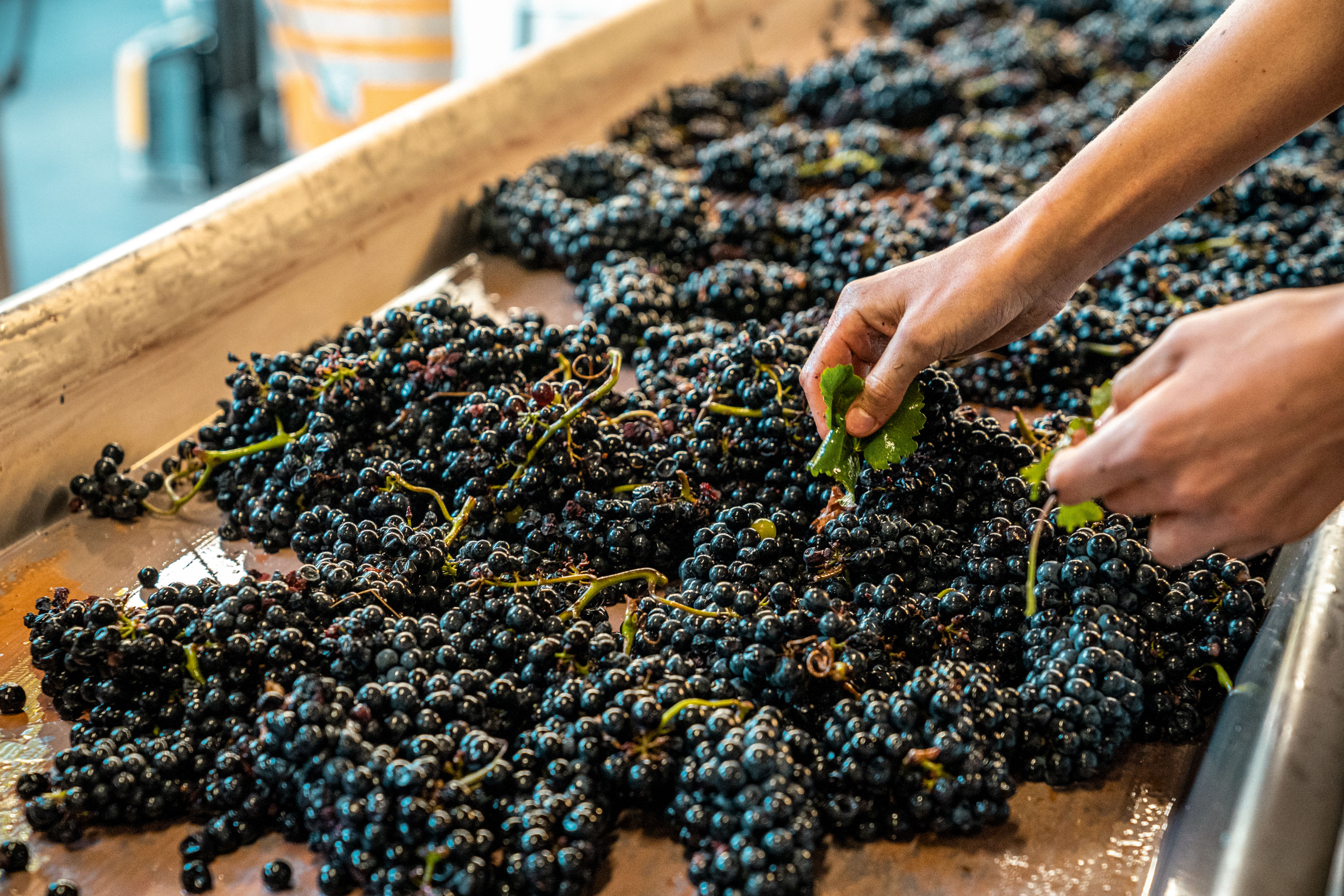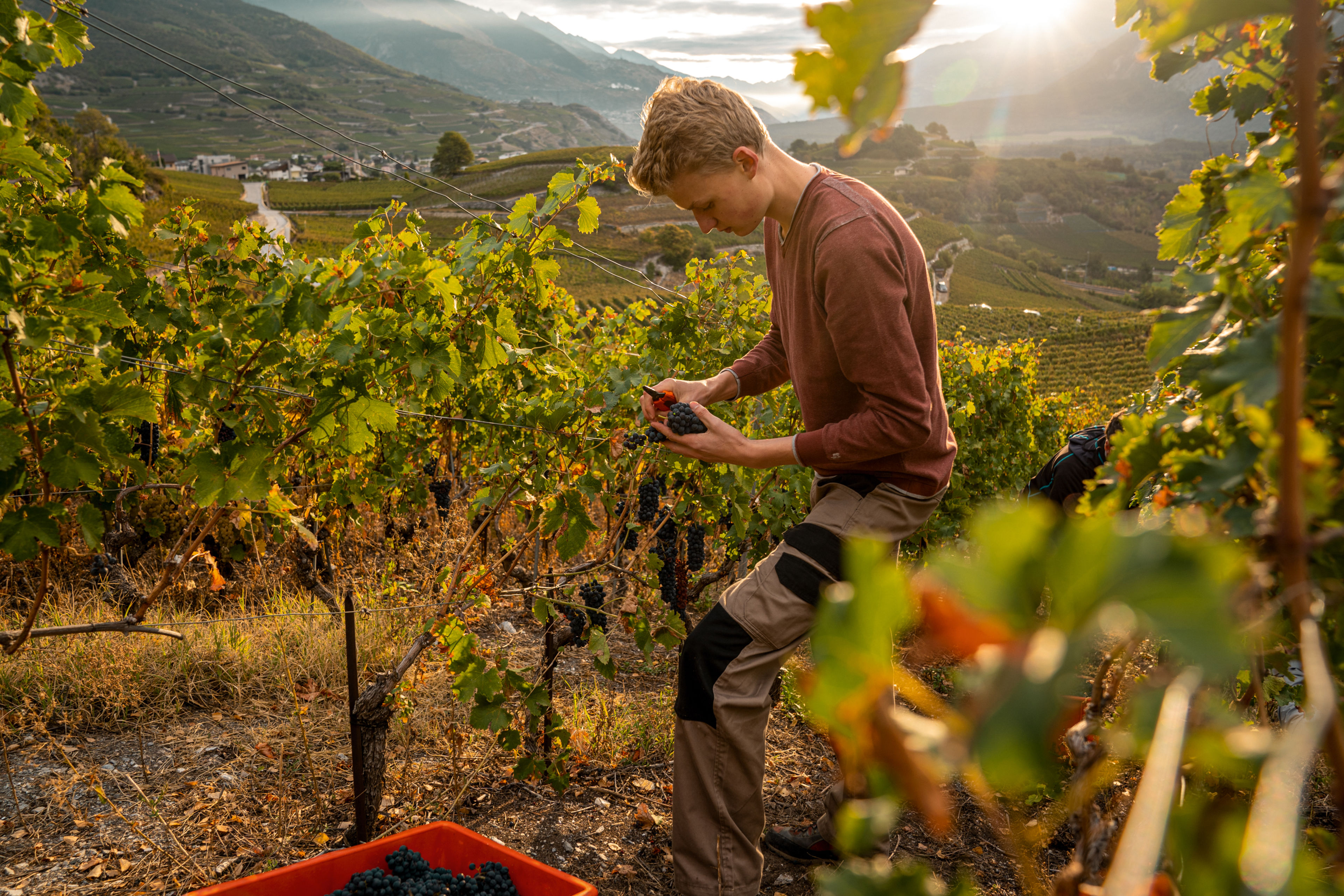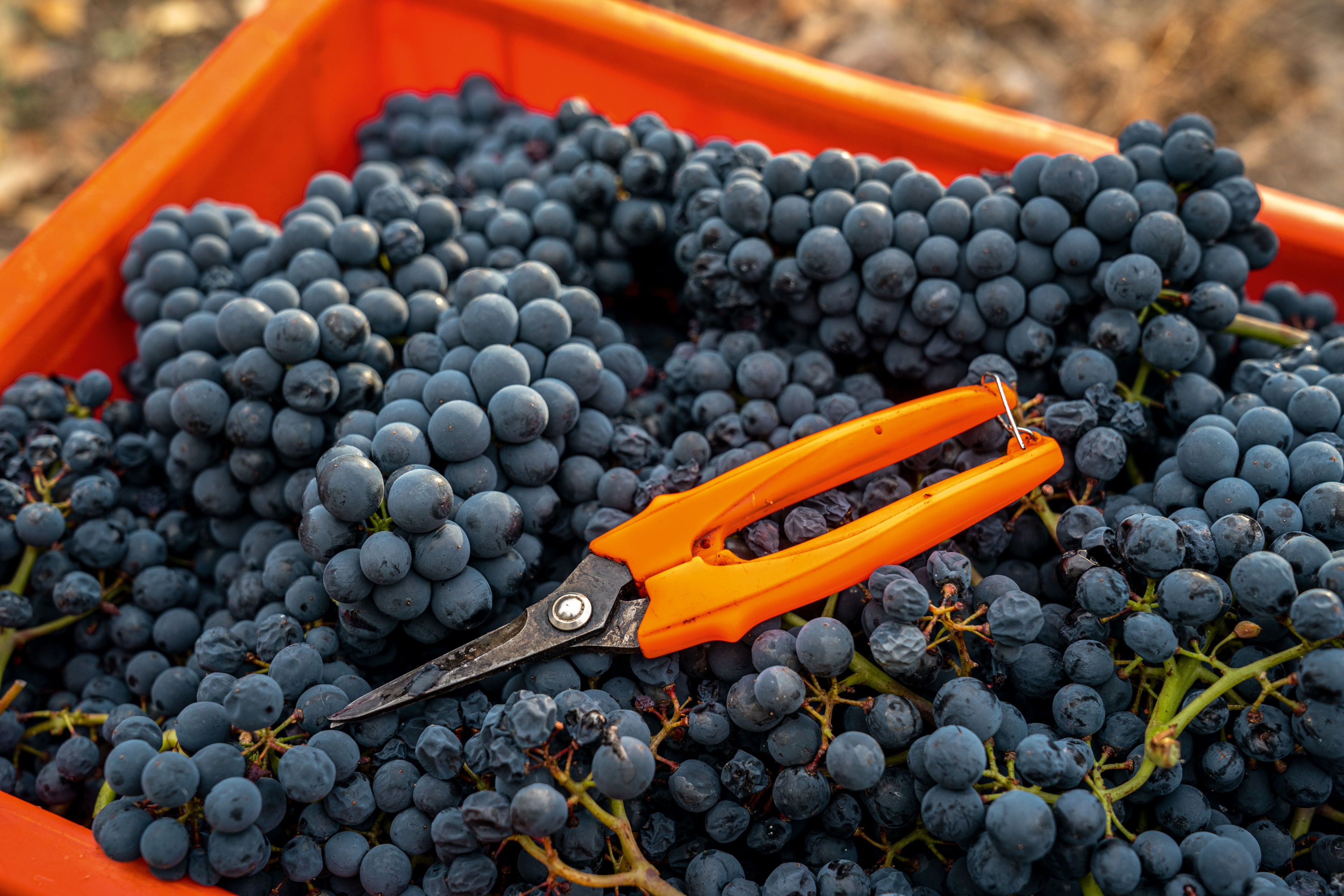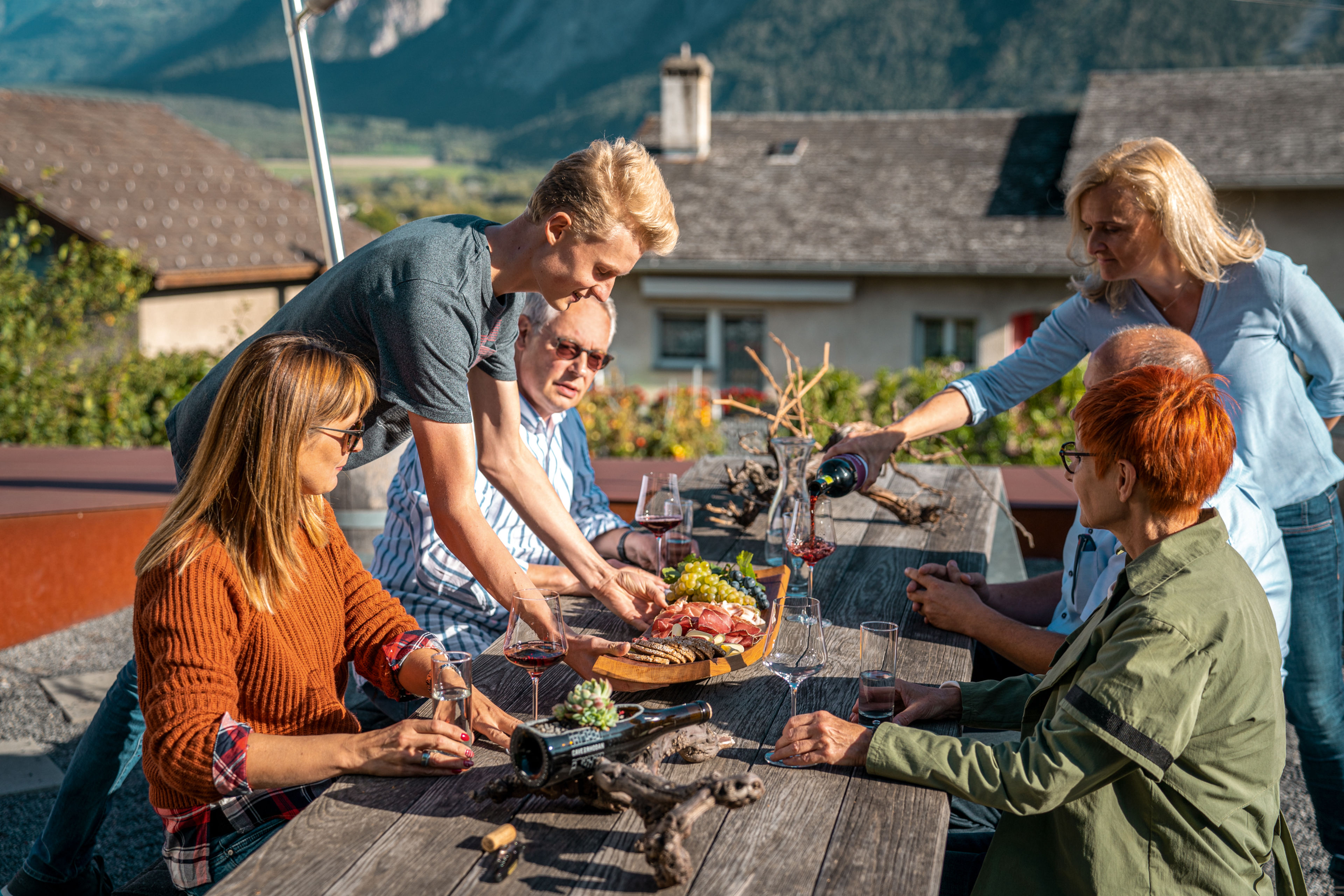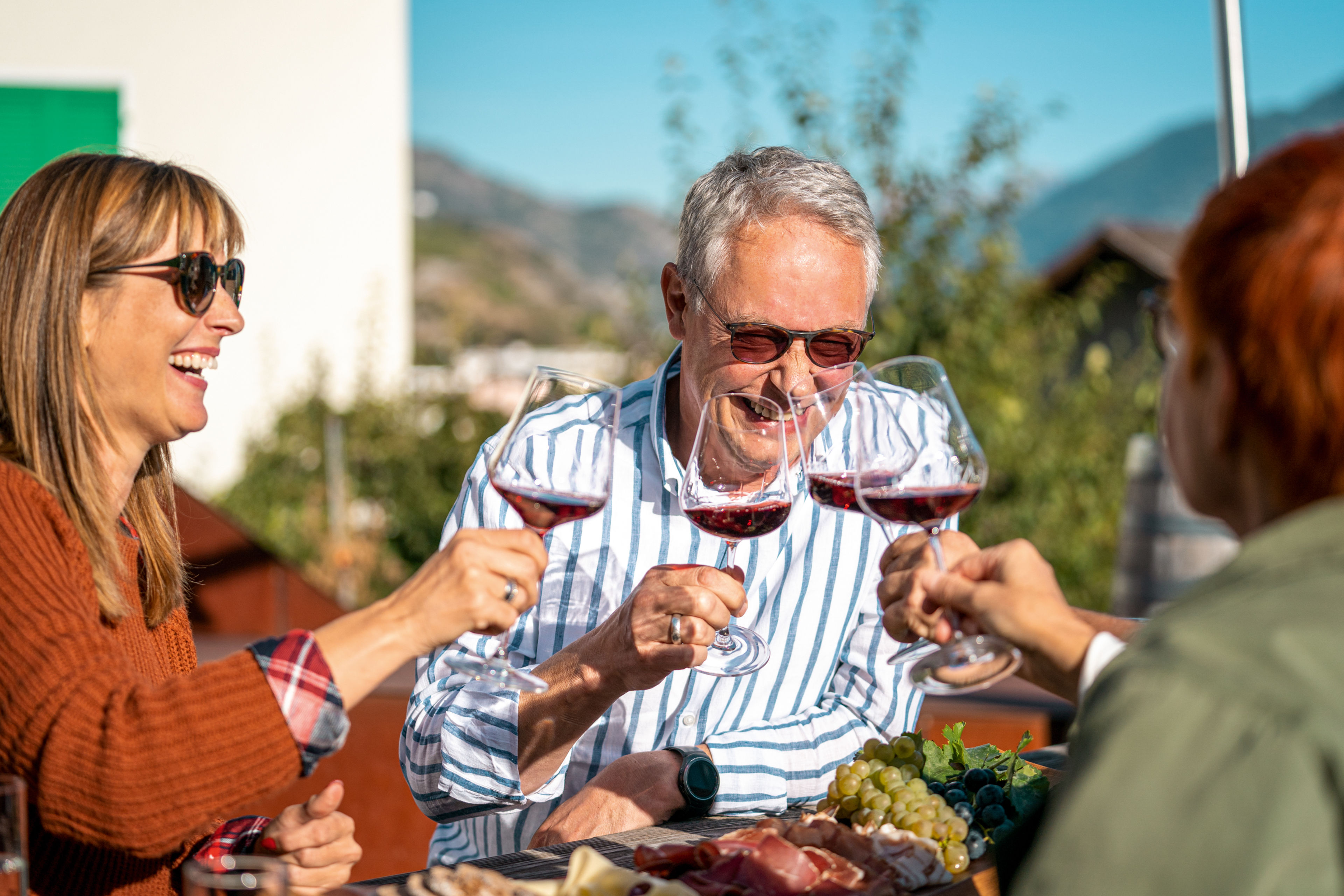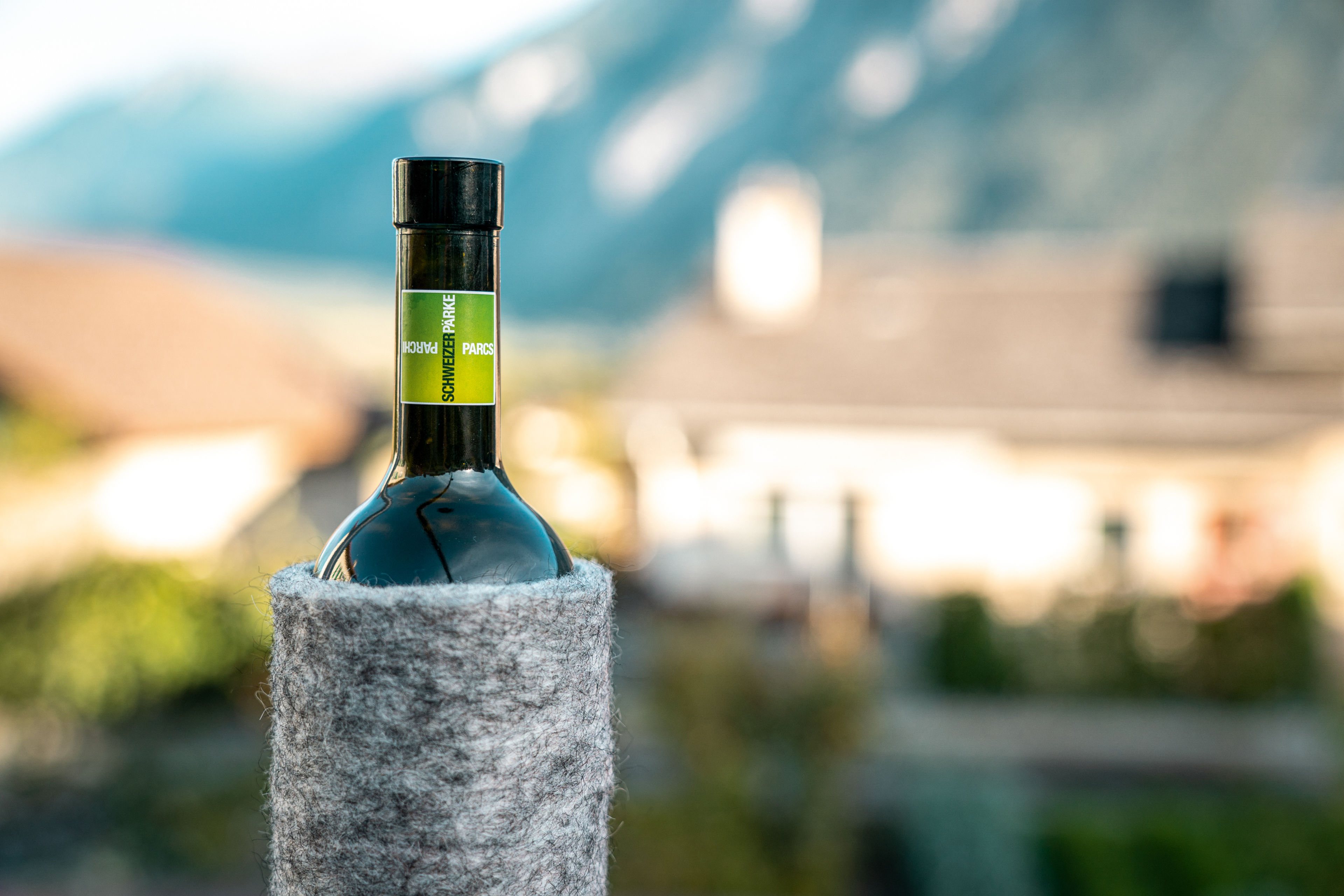Switzerland’s wine park
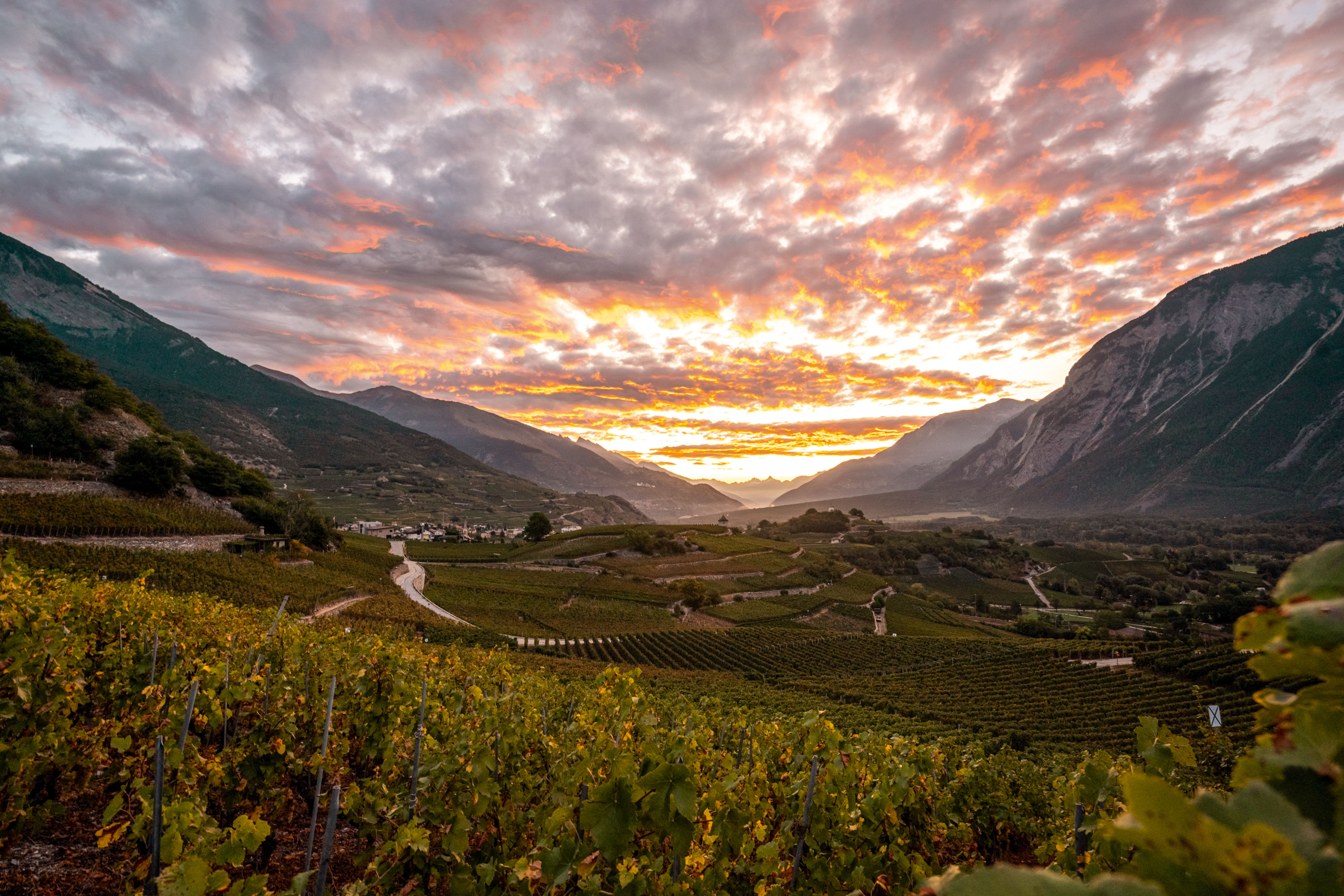
Valais is famous for the amount of sun it receives and its lovely wines. In the winegrowing village of Salgesch in the middle of the Pfyn-Finges Nature Park, Luc Mounir and his family grow top-quality wines. They primarily work with traditional varieties and follow principles based on nature – something appreciated by both future generations of wine lovers and visitors to the nature park.
Salgesch, Pfyn-Finges Nature Park, Valais
The Pfyn-Finges Nature Park stretches from Gampel to Siders (Sierre) and from the terraced vineyards near Salgesch to Bishorn. The twelve municipalities encompass 277 km2 and range from 530 metres above sea level to 4,153.
Wine growing is highly valued in the Pfyn-Finges Nature Park. No other Swiss nature park can boast so many different varieties of grapes or wine producers as Pfyn-Finges. Most of these are located in the nature park municipalities of Salgesch and Varen. This imposing natural area is home to over 80 vineyards where visitors can spend their time enjoying the countryside and sampling the regional products. The Mounir family vineyard is one such place.
Harvest time – the best time
Crates brimming with ripe grapes carried on the shoulders of the pickers, machinery rattling away, and throughout the village wafts the fresh smell of grapes mixed with the slightly alcoholic tang of fermentation. A vivid hustle and bustle permeates the air in Salgesch and at the Cave du Rhodan vineyard. “It's harvest time,” says Sandra Mounir in a slightly raised voice, and then adds with a laugh, “That's why there's so much going on. Otherwise it’s usually pretty quiet here in the village.”
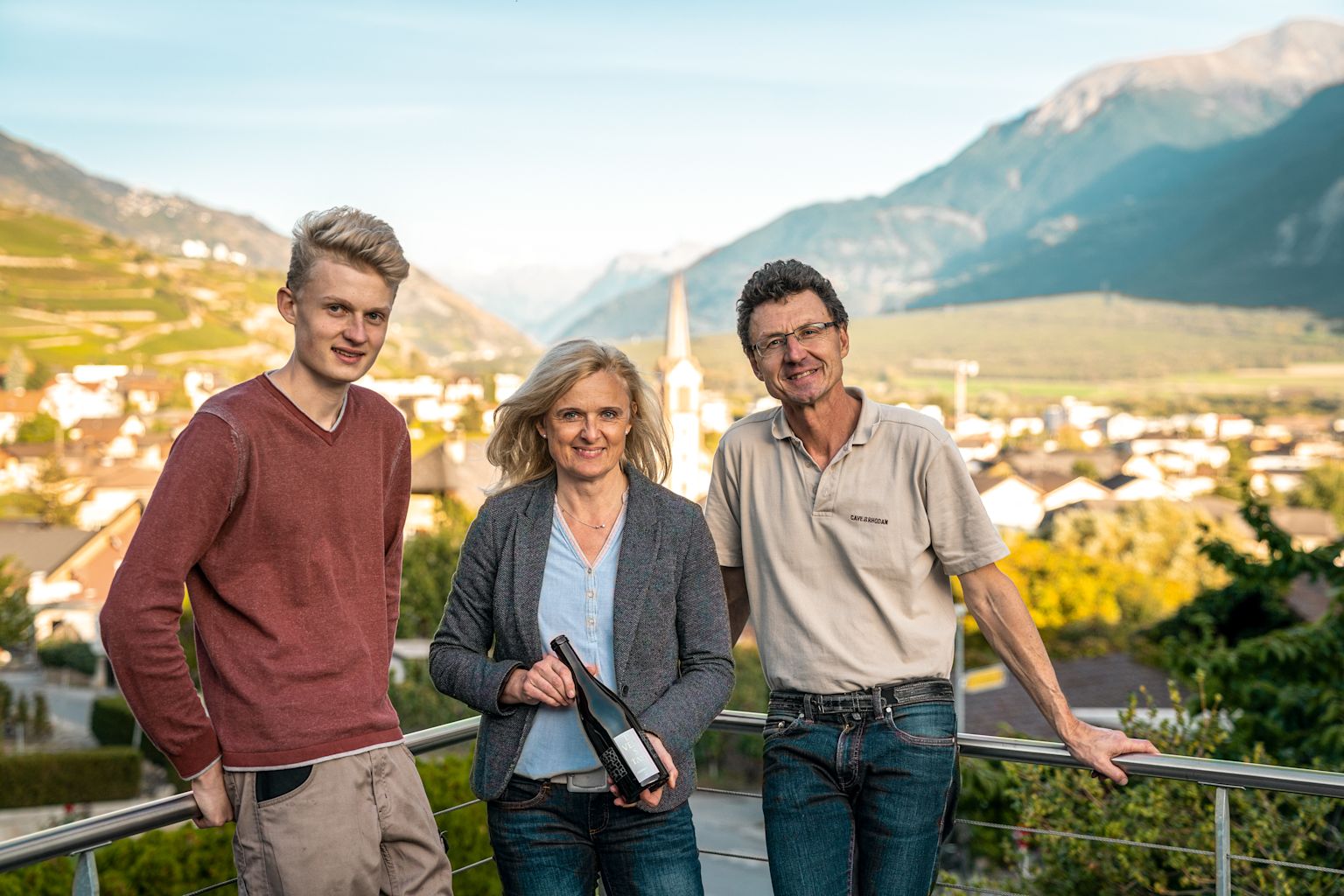
From farmers to a winegrowing village
After WWII, this farming village started transforming itself into a winegrowing community, which today has a population of about 1,500. 203 hectares of vineyards and over 40 winegrowers dominate life in Salgesch. “Salgesch is the perfect place for growing grapes because so much of it is south-facing. This means the grapes geta lot of sun and the ground is very fertile,” explains Luc. A prehistoric landslide enriched the terroir with a high percentage of lime and magnesium. “The vines need lime for strong growth and good grape production,” adds Luc.
Visit to Luc Mounir in the Pfyn-Finges Nature Park
A pioneering spirit and the best quality
The Mounirs are third generation producers of distinctive and sustainable wines. They can look back on a number of success stories: such as the world championship in 1972 or the successful and disciplined planting of biodynamic vines over the past few years. They have won over 200 national and international awards, which proves that their hard work has paid off and that their wines are among the best out there. “Obviously the awards are a nice payoff for all of our hard work, but even more gratifying is the wonderful feedback we receive,” comments Luc and adds, “This is very encouraging because it shows you that you’re on the right path.”
Sustainability – their philosophy
The Cave du Rhodan has grown to become one of the largest organic wine-growing estates in Valais. This means that they employ biological pest management and use ground covers around the vines, among other things. Some of the vines are grown using biodynamic practices. They call their sustainable methods a “Philosophy of Agriculture for our Grandchildren's Future”. All their energy needs at the vineyard are supplied by photovoltaic cells. Several of the vineyard’s machines and vehicles are electric. Worm castings from their own beds, grape pomace and horse manure are used to produce high-quality compost. These and many other measures demonstrate the family's responsible use of its valuable natural resources. “Sustainability is key in every part of our operation: from the vines to the cellar,” explains Luc, stressing its importance.
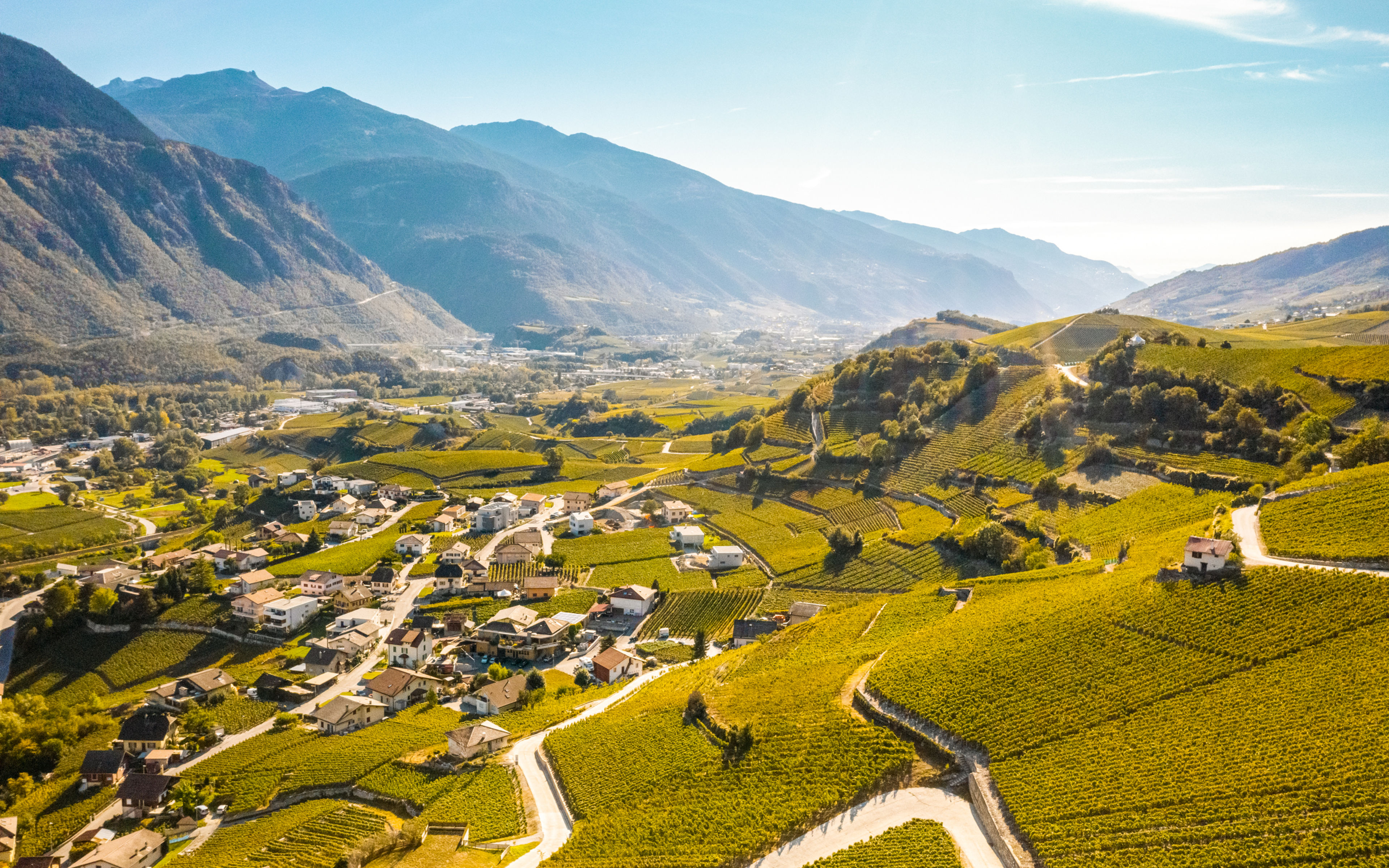
Only the best for guests
“The advantage of a sustainable vineyard is that you give something back to nature and you can assure your guests that they can drink your wine with a clear conscience,” explains Luc with satisfaction. And his guests really are spoilt for choice. Together with their team, the Mounirs produce a total of 30 distinctive and sustainable wines. Four of these even boast the official product label of the Swiss parks and are organically or biodynamically grown. Of course guests are encouraged to sample the fine wines the family makes. Some good opportunities to try their wines are at the Wine & Walktour, the new Food Trail or at a wine tasting. The Pfyn-Finges Nature Park also offers many interesting activities involving wine and vineyards.
Nature's own lawn mowers
French Ouessant sheep are the smallest sheep in the world. They are easy to care for and produce a great deal of wool for their size. Luc, who is 18, has had his Ouessant sheep for seven years now and uses them to manage the vineyards. “Since they’re so small, they can easily get under the vines to eat the grass and fertilise the ground as they go,” explains Luc proudly. Because the sheep are so small, they spend the entire year grazing under the extra tall vines (which are 35 inches tall), butthey only graze around the regular-sized vines after the harvest is over until the buds start to appear again. “Otherwise they would eat the ripe grapes in autumn or the new shoots in spring, which would be bad for business of course,” says Luc with a grin.
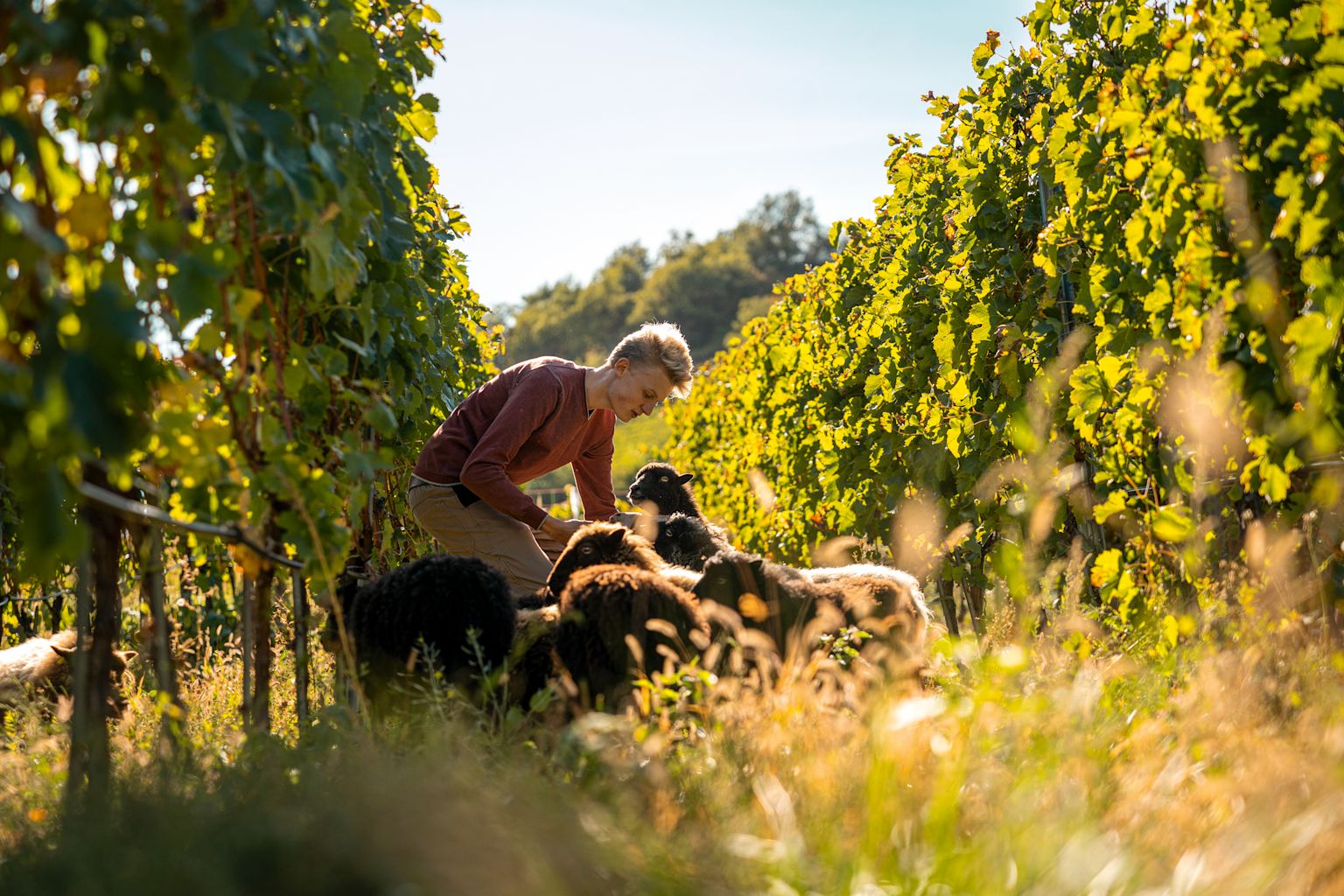
Sustainable agriculture in the nature park
In addition to the Mounir family, there are other vineyards partnered with the Pfyn-Finges Nature Park that produce high-quality and innovative products. These vineyards share the park's values. Together with these vineyards and other locals, the Pfyn-Finges Nature Park is deeply committed to fostering innovative and grandchild-friendly, i.e. sustainable, development in the region.
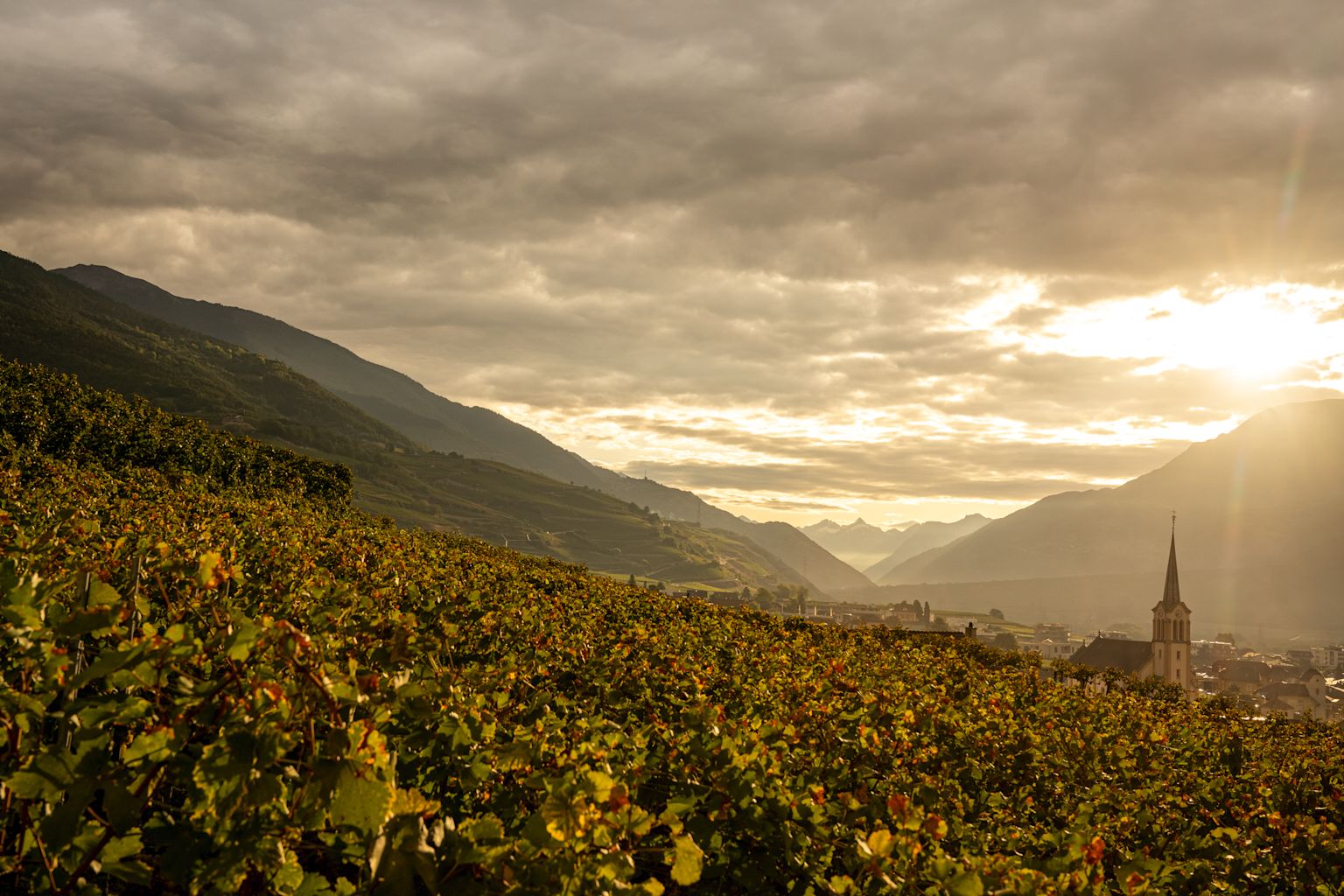
The Valais wine region
The stunning vineyards, many of which are terraced, of this key Swiss winegrowing region extend for over a hundred kilometres along the upper Rhône river. The Valais vineyards are between 270 and 1,100 metres above sea level. Around one-third of Swiss wine is produced by the vineyards in this part of Valais.
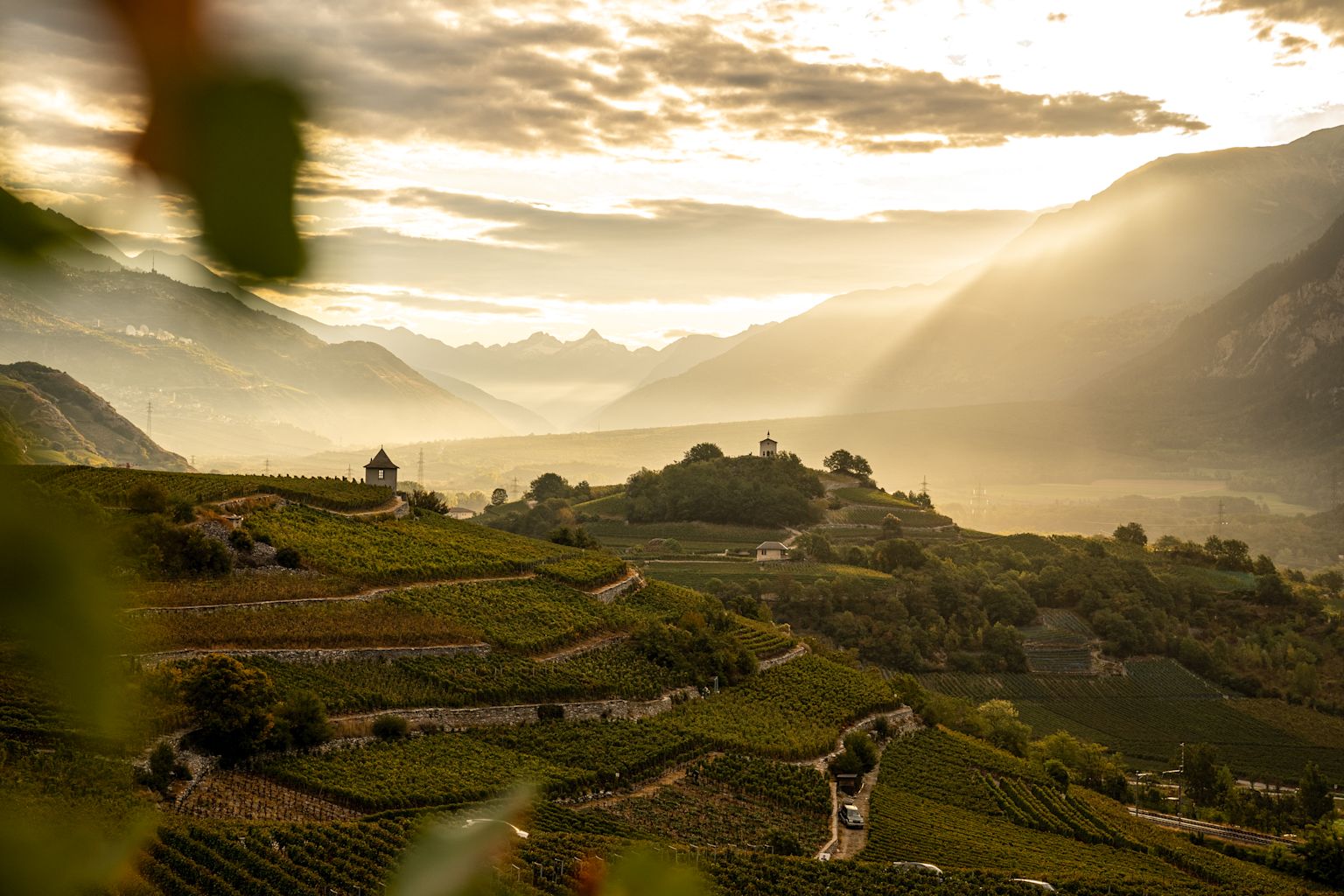
Source : myswitzerland.com Published : May 2020
A prestigious Valais wine
Next story
